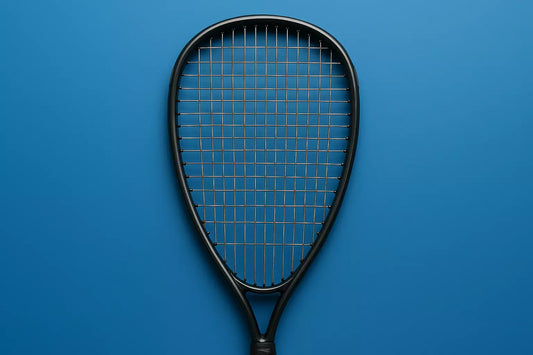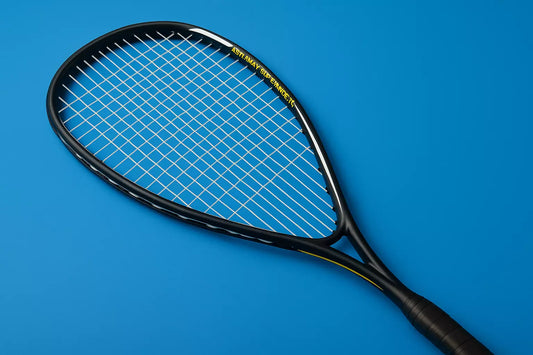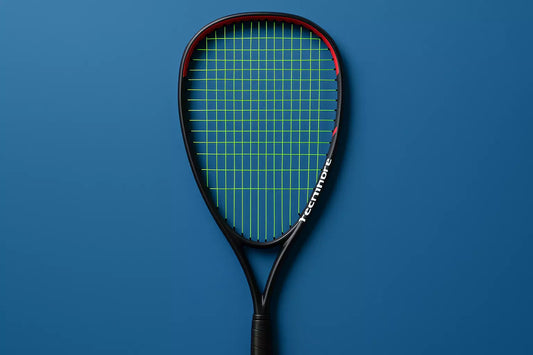For squash enthusiasts, selecting the right equipment is essential for optimising performance on the court. Among the myriad choices players face, string tension is a critical factor that often goes overlooked. Yet, this seemingly small detail can significantly influence your game. In this article, we delve into the concept of squash string tension, its effects, and how to choose the right tension for your playing style.
What is String Tension?
String tension refers to how tightly the strings are strung into the squash racket’s frame. Measured in pounds (lbs) or kilograms (kg), string tension determines the interplay between power and control during play. Typical string tensions for squash rackets range from 20 to 30 lbs (9 to 14 kg).
The tension is applied during the stringing process, where strings are pulled taut across the racket’s head. Higher tension means the strings are pulled tighter, while lower tension leaves them looser.
How String Tension Affects Your Game
String tension has a direct impact on two critical aspects of your game: power and control. The balance between these factors depends on whether the strings are tighter (higher tension) or looser (lower tension).
Power- Lower string tension (e.g., 20-25 lbs) creates a trampoline-like effect, allowing the strings to stretch more upon impact with the ball. This increases the rebound force, resulting in greater power.
- Suitable for players who rely on deep shots and want the ball to travel farther with less effort.
Control
- Higher string tension (e.g., 26-30 lbs) reduces string movement and provides a firmer string bed. This enhances precision and control over the ball’s direction.
- Ideal for players who prioritise accuracy and intricate shots, such as drops and volleys.
Other Influencing Factors
While string tension is crucial, its effects are influenced by other factors:
String Type
Strings made from synthetic gut, multifilament, or natural gut materials respond differently to tension adjustments. For example, multifilament strings tend to provide better power at lower tensions.
Player Skill Level
Beginners often benefit from lower tensions as they offer a larger sweet spot and greater power. Advanced players, on the other hand, might prefer higher tensions to fine-tune their shot precision.
Playing Style
Aggressive players who favour power may lean towards lower tensions, whereas tactical players who thrive on placement might choose higher tensions.
String Gauge
Thicker strings can handle higher tensions and are more durable but may sacrifice some responsiveness. Conversely, thinner strings are more elastic and responsive, ideal for players seeking finesse.
How to Choose the Right String Tension
To find the optimal string tension for your game, consider the following steps:
Assess Your Goals
Are you aiming for more power or greater control? Your answer will guide your tension range.
Experiment
Begin with a mid-range tension (e.g., 25 lbs) and adjust based on your performance. Small increments (1-2 lbs) can make noticeable differences.
Consult a Professional
Seek advice from a coach or stringing expert. They can provide personalised recommendations based on your racket, strings, and playing style.
Monitor String Tension Over Time
Strings lose tension as they age. Regularly restring your racket to maintain consistent performance.
Understanding squash string tension is key to enhancing your performance and enjoyment on the court. By tailoring string tension to your playing style and skill level, you can achieve the ideal balance of power and control. Remember, the perfect tension is a personal choice—experiment, refine, and seek expert guidance to find what works best for you. Whether you’re smashing powerful drives or executing delicate drop shots, the right string tension can elevate your game to new heights.





